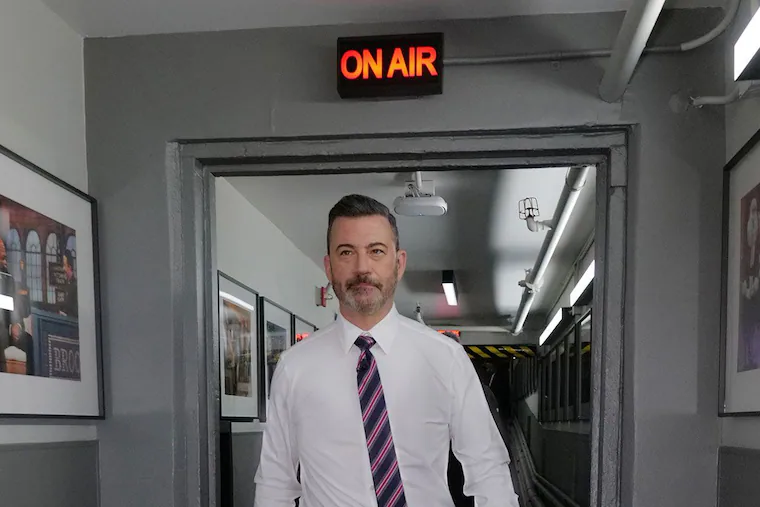Options Corner: How Quick-Thinking Traders Can Potentially Extract Upside From American Airlines’ Dead-Cat Bounce

No one is going to confuse American Airlines Group Inc AAL as a stable, confidence-inspiring enterprise. On a year-to-date basis, AAL stock has tumbled 31% — and it’s not just due to technical nuances. Primarily, the business suffers from its highly leveraged balance sheet, exceeding that of competitors like Alaska Air Group Inc ALK and Southwest Airlines Co LUV. Adding to the woes are broader fears tied to possible stagflation.
As a result, you’re not going to find too many experts pounding the table on AAL stock. It’s cheap but presumably, most investors would argue that it’s cheap for a reason. But while American Airlines might not fit the bill as a long-term candidate, it could be an intriguing case for a possible dead-cat bounce.
One notable metric is short interest, which for AAL stock stands at 10.1% of its float. In other words, 10% of the pool of publicly available AAL shares are mechanically tied to short transactions. While it’s impossible to say whether all of the shorted stocks carry bearish intent — as shorts can be associated with other activities like hedging or market making — at some point, the lending creditor that provided the shorted securities must be made whole.
If enough bulls collectively decide to bid up AAL stock, the shorted securities would be vulnerable to tail risk — the threat of an ever-rising obligatory payment as the underwritten risk gets increasingly realized to the extreme ends of the distribution.
Still, with a short interest ratio of 1.05 days to cover, any squeeze would likely be short-lived. This actually lends some credence to the prospect of a dead-cat bounce materializing.
Another area of intrigue is the technical profile. Technical analysts may argue that AAL stock is in the back half of forming a head-and-shoulders-type pattern. If so, the chart formation would imply a brief turn upward before tumbling back down.
Using Catastrophe Modeling To Pinpoint An Options Strategy For AAL Stock
In risk-management industries such as insurance, analysts deploy an empirical framework known as catastrophe modeling. Without getting into all the granularity, the methodology attempts to answer the core question: what’s the probability that losses exceed X? In this manner, insurance companies can determine the financial risk associated with natural disasters such as hurricanes.
As it turns out, we can ask a related question but tied to equities: given a specific signal or marker, what is the probability that price exceeds X by week N?
In terms of signal, in the trailing 10 weeks, AAL stock has printed four up weeks (defined as the difference between Monday’s open and Friday’s close) and six down weeks, with an overall negative trajectory. For easy classification, we can label this sequence as 4-6-D.
Based on past analogs extending back to January 2019, the median projected price of the 4-6-D pathway statistically peaks at the third week, which corresponds with the options chain expiring Oct. 17. Using an anchor price of $12.02, the expected median price around Oct. 17 is calculated as $12.31.
In other words, out of the 58 times that the 4-6-D sequence has flashed on a rolling basis, half of this conditional outcome was above the 50th percentile (as represented by the $12.31 price) and half below. Obviously, as a bullish trader, you’d want this “halfway percentile” to be as high as possible.
What’s really significant is that the median price of all outcomes is projected to land at only $11.97 at the third week. Without assuming any special signal, AAL stock would be expected to take a 0.42% loss relative to the $12.02 anchor price. However, with the 4-6-D sequence flashing, the median expectation would be a gain of 2.41%.
Still, I’m focused on the Oct. 17 options chain because statistically, that’s where the median pathway of the 4-6-D sequence peaks. From there, it declines. By the tenth week, the conditional median may fall to $11.56, lower than the median of all outcomes at $11.88.
Therefore, if you’re betting on the dead-cat bounce, you don’t want to end up paying for time that you don’t need.
Identifying A Compelling Bull Call Spread
To be sure, aiming for the median outcome may expose you to an opportunity cost, especially if there is a higher probability that the end result will land above the halfway percentile. To get a better idea of what specific trade to place, I calculated two additional pathways: one if the first week following the 4-6-D sequence is positive and the other if the first week is negative.
Based on this analysis, the options strategy that arguably makes the most sense is the 12.00/12.50 bull call spread expiring Oct. 17. This transaction involves buying the $12 call and simultaneously selling the $12.50 call, for a net debit paid of $22 (the most that can be lost in the trade).
Should AAL stock rise through the second-leg strike price ($12.50) at expiration, the maximum profit would come out to $28, a payout of over 127%. Breakeven comes out to $12.22, which is slightly below the halfway percentile price.
With this strategic approach, you theoretically have 50/50 odds of the bull spread breaking even. However, if a dead-cat bounce materializes, you have the opportunity to collect a sizable payout.
The opinions and views expressed in this content are those of the individual author and do not necessarily reflect the views of Benzinga. Benzinga is not responsible for the accuracy or reliability of any information provided herein. This content is for informational purposes only and should not be misconstrued as investment advice or a recommendation to buy or sell any security. Readers are asked not to rely on the opinions or information herein, and encouraged to do their own due diligence before making investing decisions.
Read More:
Options Corner: Roll The Dice On A Potential Sentiment Reversal For Caesars Entertainment
Image: Shutterstock



